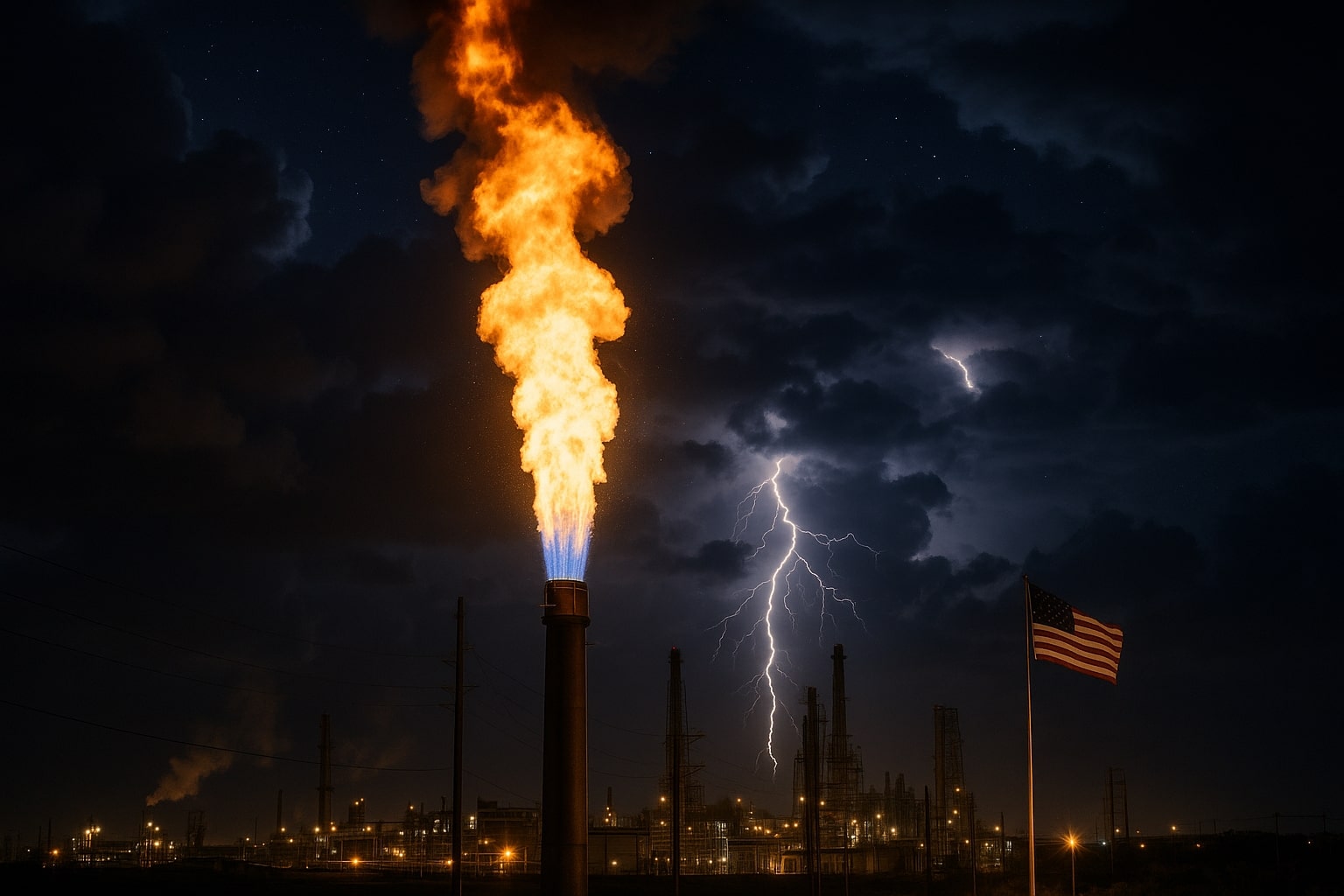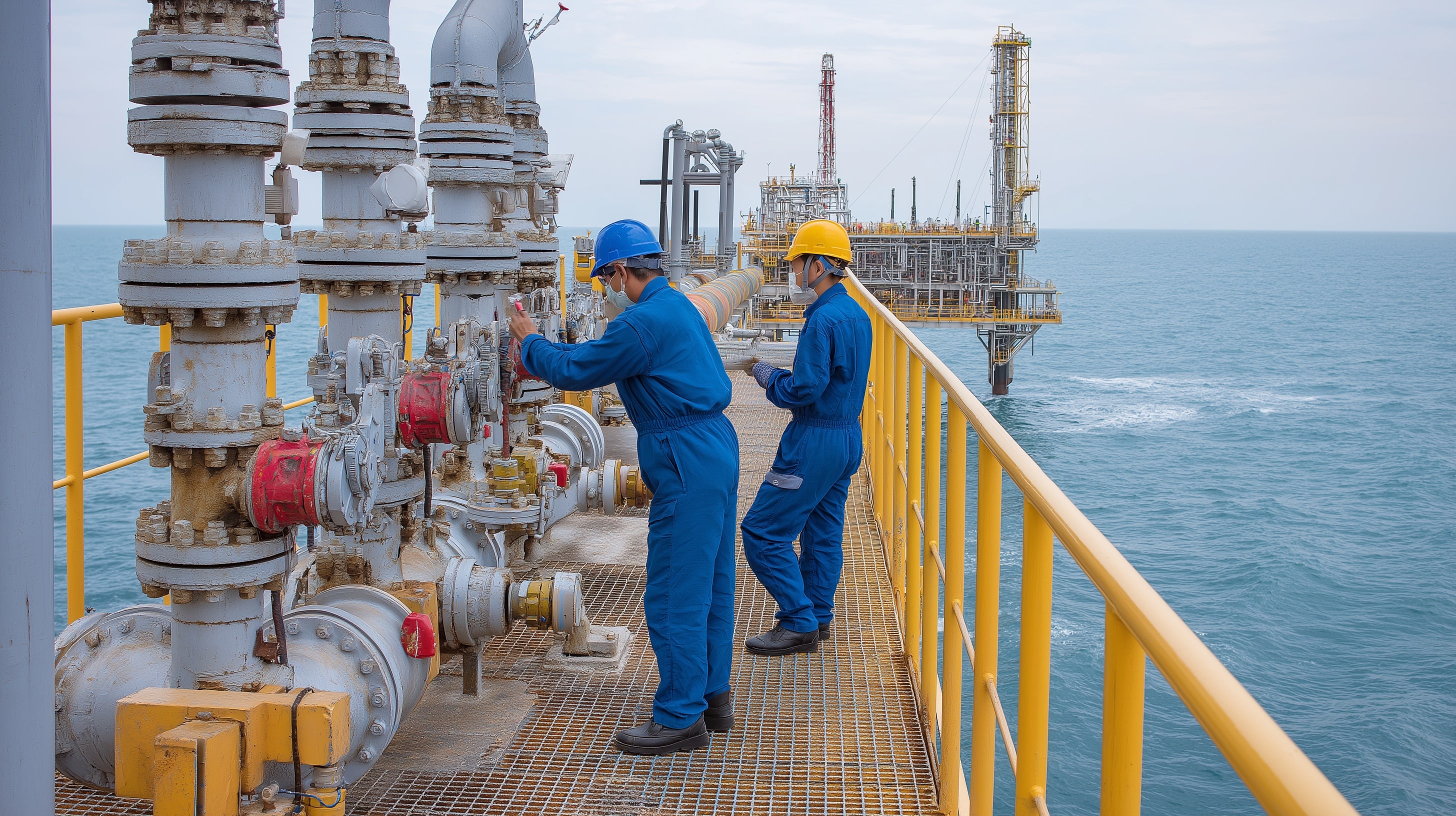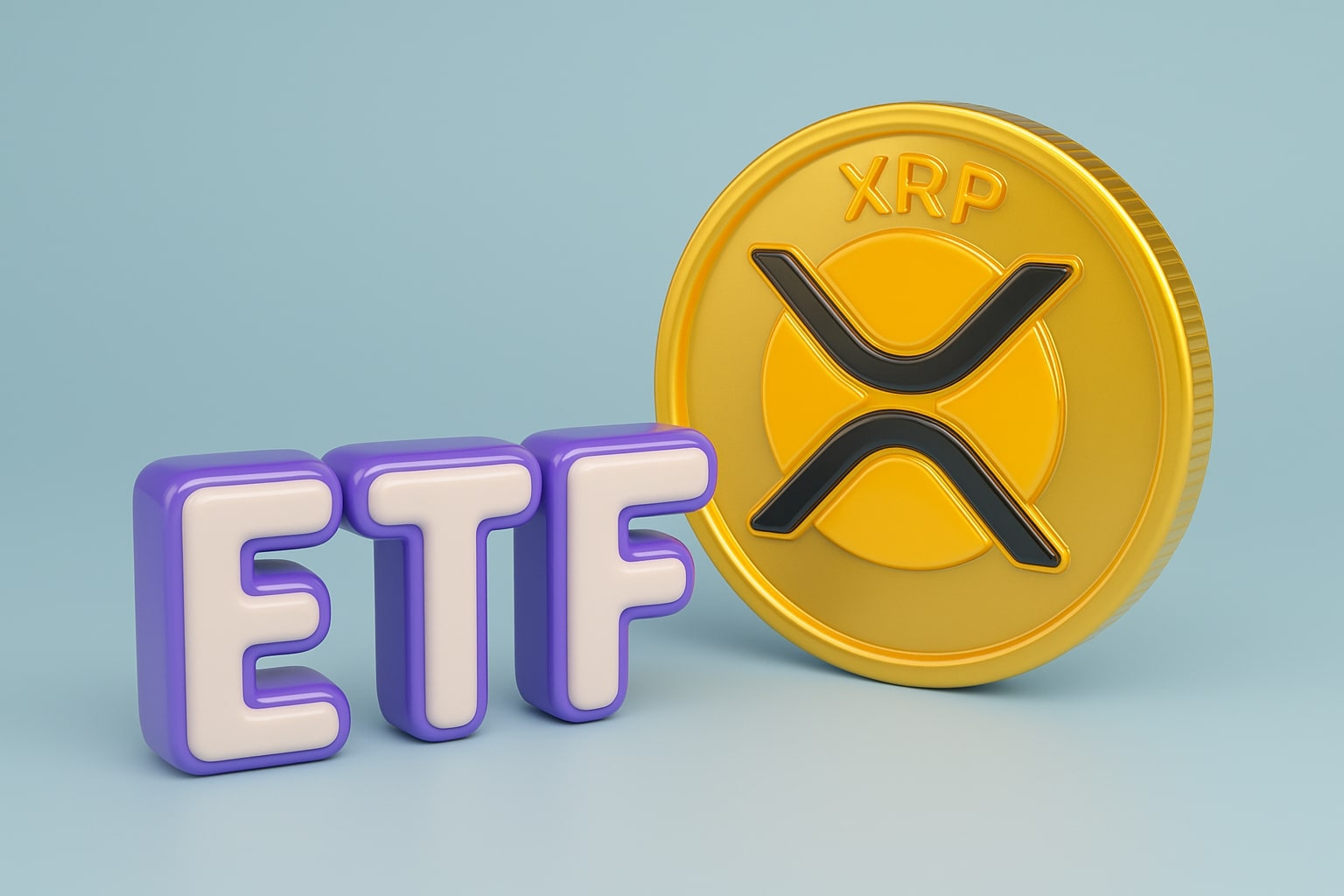
Natural Gas Price Forecast - (NG=F) Holds $3.41 as LNG Exports Surge
Feedgas flows hit 16 Bcf/d while inventories tighten and Europe’s TTF climbs 5%; traders now target $3.60 resistance as OPEC+ keeps oil supply steady and U.S. gas balances enter winter bullish | That's TradingNEWS
Natural Gas (NG=F) Holds Firm at $3.41 as LNG Exports Surge, OPEC+ Holds Supply Steady, and Winter Demand Builds
Natural gas markets entered the week on a firm footing, with NG=F futures trading near $3.41 per MMBtu, up about 1% on Monday. The rally follows a rebound from the 200-day EMA at $3.29, with technical support consolidating as colder weather forecasts and record U.S. LNG feedgas flows near 16 Bcf/d reignite bullish sentiment. Despite recent volatility, the gas market is showing resilience, holding well above the critical $3.30 level as traders prepare for seasonal heating demand and tightening inventories ahead of the winter injection cycle.
LNG Export Strength Anchors U.S. Natural Gas Prices
The main driver of support in natural gas markets has been a sustained rise in LNG feedgas deliveries, which have hovered around 16 billion cubic feet per day, close to record highs. Data from NGI shows rising export volumes to Europe and Asia, with U.S. LNG cargoes continuing to offset weaker Russian pipeline flows. The Henry Hub benchmark climbed to $3.357, supported by reports that pipeline maintenance has restricted inflows, particularly at Waha and Oneok WesTex, tightening near-term supply.
At the same time, European natural gas prices (Dutch TTF) jumped nearly 5% to €32.95/MWh due to unplanned maintenance in Norway and colder weather projections across Northern Europe. This uptick in international benchmarks has reinforced global demand for U.S. LNG, keeping export utilization above 95% capacity. Storage levels across the EU stand at roughly 83%, below the five-year average, amplifying fears of rapid drawdowns during any extended cold spell this winter.
OPEC+ Policy Stability Adds Indirect Support
While natural gas is less directly linked to OPEC+ policy than oil, the cautious production stance from OPEC+—a 137,000 bpd increase for November—has stabilized broader energy sentiment. Crude oil traded near $61.7 per barrel (WTI) and $65.5 (Brent), with the alliance signaling flexibility to pause or reverse production hikes amid fragile demand. This stability helps natural gas indirectly by maintaining cross-commodity pricing correlations and preserving the energy sector’s overall risk premium.
Technical Picture: Natural Gas Eyes Breakout Toward $3.60
From a technical perspective, NG=F has carved out a constructive pattern since rebounding off $3.29, the 200-day EMA. The 50-day EMA at $3.37 now provides immediate support, while near-term resistance lies at $3.42 and $3.49. A breakout above these levels could accelerate momentum toward the next major target at $3.58–$3.60, which coincides with the upper trendline of the ascending channel formed since early August.
The RSI sits near 53, indicating balanced momentum but a mild bullish tilt. The MACD has turned positive with widening histogram bars, suggesting momentum is shifting back to buyers. Traders are closely watching the $3.33 pivot zone; a sustained move below that level could reintroduce bearish pressure toward $3.24, though this scenario currently looks less likely given strong export flows and improving fundamentals.
Weather Forecasts and Demand Outlook Turning Constructive
Forecast models from NOAA and EBW Analytics point to a cold front sweeping across the Midwest and Northeast over the next seven days, with average temperatures expected to drop 5–10°F below normal. This shift is expected to temporarily lift heating demand, particularly in the residential and commercial sectors, contributing to tighter short-term balances.
The EBW report notes that record Gulf Coast LNG intake is lifting demand while pipeline maintenance limits supply inflows into Henry Hub, creating a “bullish combination” that should sustain prices above $3.30 through the week. The expected storage build of 77 Bcf this week is lower than the five-year average, indicating that the market may enter the core winter months with inventories slightly below seasonal norms—a key signal for traders betting on higher Q4 prices.
Read More
-
PFFA ETF Nears $21.50 as Rate Cuts and 9.49% Yield Spark Renewed Demand
29.11.2025 · TradingNEWS ArchiveStocks
-
XRPI and XRPR ETFs Ignite Ripple’s Institutional Rally as Inflows Near $1B and XRP Holds $2.20
29.11.2025 · TradingNEWS ArchiveCrypto
-
Natural Gas Price Forecast - NG=F Blasts to $4.85 as Demand Surge Fuel Multi-Month Breakout
29.11.2025 · TradingNEWS ArchiveCommodities
-
USD/JPY Price Forecast - Yen to Dollar Slides to 156.10 as Yen Strengthens on Fed Cut Expectations
29.11.2025 · TradingNEWS ArchiveForex
European Energy Tensions and Geopolitical Impact
Across the Atlantic, European gas market sentiment remains fragile. The Norwegian field maintenance outages and colder weather are raising concerns over end-of-season storage levels. Analysts at Rabobank warned that any prolonged cold period could “drain storages easily and leave sites filled well below norms by the end of March 2026.” Given Europe’s dependence on U.S. LNG, this scenario would maintain upward pressure on U.S. feedgas utilization and support domestic prices.
Moreover, geopolitical friction in the Middle East has kept traders cautious, as any escalation could disrupt LNG shipping lanes in the Suez Canal region. With U.S. exports already approaching record volumes, even minor disruptions could amplify price volatility and tighten global gas availability.
Fundamentals: Supply Balances Tighten, Production Plateauing
On the supply side, U.S. dry gas production remains robust but appears to be plateauing near 103.5 Bcf/d, according to the latest EIA estimates. Maintenance and lower rig activity in the Haynesville and Marcellus regions have constrained output marginally. Meanwhile, demand from power generation remains elevated at 41 Bcf/d, driven by steady industrial usage and moderate cooling demand in the southern states.
Inventories remain healthy but are trending tighter: total U.S. natural gas storage stands near 3.45 Tcf, only 2.3% above the five-year average, compared with a 6% surplus earlier in September. As injection rates slow and withdrawals begin in November, this narrowing margin supports the case for higher winter pricing.
Global LNG Trends Reinforce Bullish Outlook
Globally, LNG markets continue to firm. Data from NGI’s LNG Export Tracker shows that Lower 48 LNG shipments are near all-time highs, with Europe receiving the majority of incremental U.S. cargoes. The U.S. Gulf Coast terminals—led by Sabine Pass, Corpus Christi, and Cameron LNG—are operating at close to full utilization. In Asia, spot LNG prices have stabilized around $13.50/MMBtu, creating arbitrage opportunities that further encourage U.S. exports.
At the same time, U.S.-Mexico pipeline exports continue to grow, proving inelastic to recent price increases. Mexico’s industrial and power sectors are consuming record volumes of imported gas, maintaining cross-border flows that exceed 7 Bcf/d, helping balance domestic production fluctuations.
Macro Conditions and Commodity Correlations
The broader macro picture remains supportive. Despite a softening dollar (DXY near 95.46) and a modest decline in Treasury yields, energy commodities have maintained resilience as investors rotate into tangible assets amid rising inflation concerns. The World Bank’s Pink Sheet report confirmed a 2.2% rise in U.S. natural gas prices in September, bucking declines in coal and oil, while precious metals like gold and silver surged sharply. This divergence suggests that natural gas may be entering a decoupled bullish phase driven by structural demand rather than speculative flows.
Sentiment and Volatility Measures
Volatility metrics have moderated since mid-September. The CME Group’s Natural Gas Volatility Index is now at 38.4, down from 45.2 two weeks ago, indicating improved stability. Still, traders remain cautious, as the market has a history of sharp intraday swings during weather transitions. Open interest in Henry Hub futures rose 3.6% week-over-week, while speculative long positions climbed by 12%, according to CFTC data—an early signal that hedge funds are positioning for a late-year rally.
Outlook and Price Scenarios
Looking ahead, if natural gas sustains support above $3.37 and breaks the $3.50–$3.60 range, the next major resistance lies near $3.78, corresponding with the May 2024 peak. A breakout above this zone could accelerate toward $4.00, contingent on colder-than-expected temperatures and continued LNG strength. Conversely, a drop below $3.33 could expose $3.24 and then $3.10 as downside targets, though such weakness appears unlikely given fundamental tailwinds.
Verdict — Natural Gas (NG=F): BUY on Fundamental Strength
Natural gas fundamentals are improving faster than expected. With LNG feedgas at record highs, storage margins narrowing, colder forecasts emerging, and European demand strengthening, the market is poised for a bullish fourth quarter. Technicals confirm stability above key moving averages, while macro and geopolitical variables support higher energy pricing.
Therefore, based on the data and forward indicators, Natural Gas (NG=F) warrants a BUY rating with a medium-term target range of $3.60–$4.00, supported by strong seasonal demand, firm export flows, and resilient market structure heading into winter 2025–2026.



















